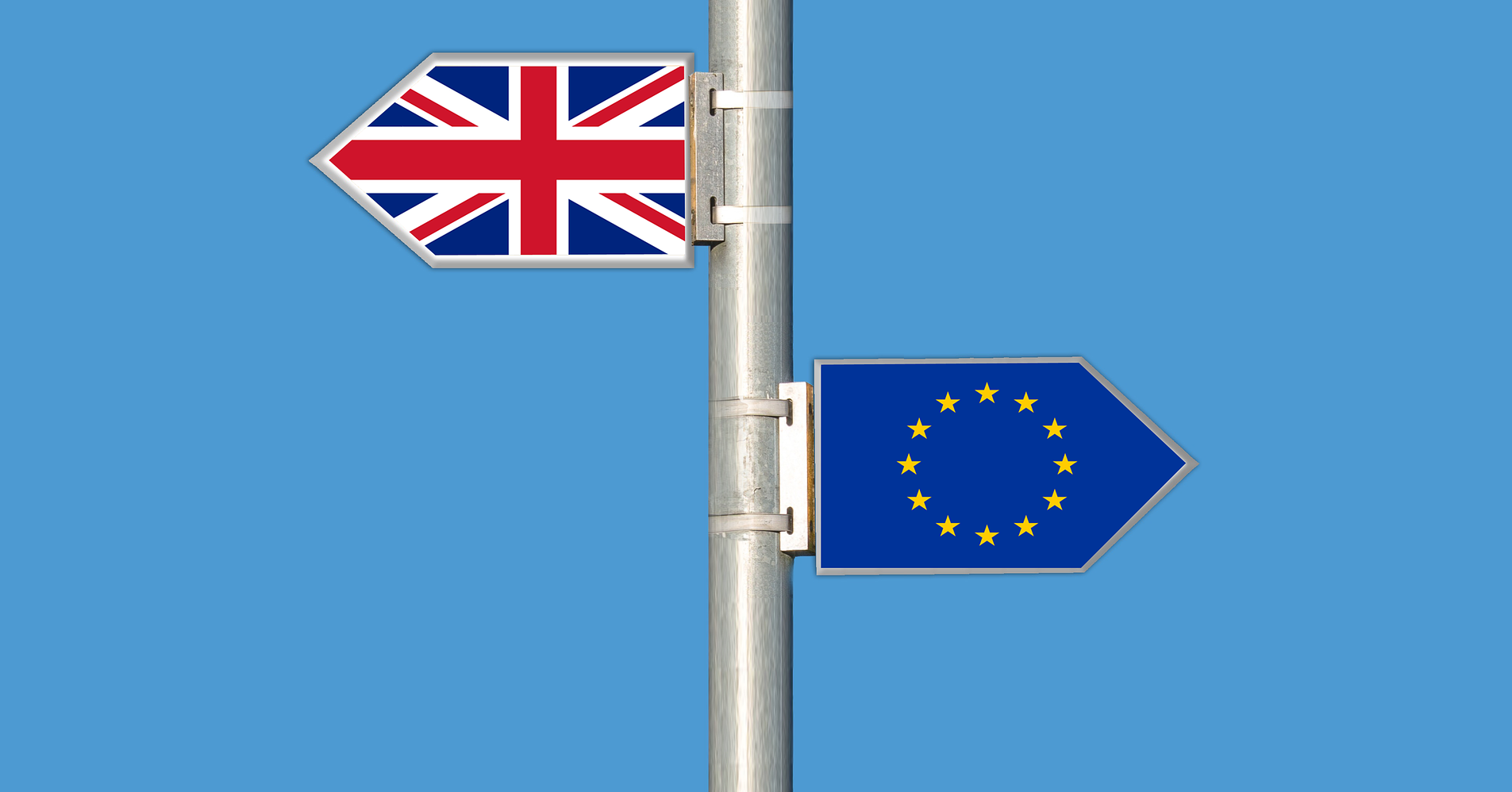It took three and a half years, but the United Kingdom finally left the European Union on January 31, 2020. But while many would hope Brexit could now be yesterday’s news, the process is, in reality, far from complete.
For the moment, Britain’s withdrawal is only from the EU parliament, and negotiations over trade and customs are ongoing.
What’s happened so far?
The Conservative Party’s massive victory in last year’s UK election paved the way for Prime Minister Boris Johnson to pass his withdrawal agreement through parliament, something he’d previously been unable to do leading a minority government.
Brexit Party Members of European Parliament (MEPs), led by Nigel Farage, famously marked their last day in the EU parliament by waving British flags, despite it being against parliamentary rules.
Farage’s final speech at the parliament outlined his and other Party members’ contempt of the EU’s “power without accountability”.
‘We don’t hate Europe; We just hate the European Union,’ he said as British MEPs made their final farewells.
As the clock counted down to 11 pm, Brits celebrated and despaired in equal measure. Prime Minister Johnson, who was an outspoken supporter of Brexit during the 2016 referendum campaign, called the moment the “dawn of a new era”.
Has Britain left?
January 31 marked the end of Britain’s involvement and its voice in the European Parliament. Brits are also no longer citizens of the EU. This means that Britain is considered to have left the EU.
However, the country still largely abides by EU rules. Britain remains in the European customs union, so it will still engage in free trade with EU member states. British citizens can still travel freely through the EU, and vice versa.
Britain still contributes to the EU budget, and European Health Insurance Cards (which allow citizens access to state medical services within the EU) are still valid.
That will remain the case until the end of this year when the Brexit transition period ends.
How does the transition period work?
From January 31, Britain and the EU have 11 months to negotiate a trade deal and establish their future relations. The option to extend the transition period is available until June 30.
Negotiations will begin in March, with mandates for the talks announced this week.
Both parties want to continue to be able to trade without economic barriers such as tariffs or quotas. The problem here is that the EU wants Britain to maintain a ‘level playing field’ and stick to environmental standards. The UK doesn’t want to be bound by these regulations and has also argued that its standards exceed EU members in some cases.
The transition also allows Britain the time to talk trade with countries outside the European sphere of influence, such as Australia and the United States.
Other subjects during these talks will include law enforcement, electricity supplies, and access to territorial waters for fishing.
A major summit between the UK and EU is expected to take place in June when the two parties will need to decide on whether a deal can be struck by the end of the year. Prime Minister Johnson has indicated he does not want to further delay the process.
If the period is not extended, the Brexit saga will finally come to a close on December 31.
And then?
Life goes on. Mostly.
What happens after 2020 depends on whether a deal is secured. If this is not the case, then the UK will be subject to the World Trading Organisation’s terms when trading with the EU, which leaves tariffs on British goods entering the EU.
But a deal would ensure that new relations begin as soon as the transition period ends.
Currently, EU nationals in the UK can apply for a Settlement Scheme by June 2021, but would only have until the end of the year if no deal is struck. British citizens living in the EU would need to apply for residency status.
The UK also intends to apply a points-based system to its immigration policy, which will apply to EU citizens.
The country’s biggest challenge, however, may come later and from within. Scotland could decide on whether it wants to become independent from the UK after a similar proposal was narrowly rejected in a 2014 referendum.
Over 62% of Scots voted to remain in 2014 and the Scottish National Party gained 13 seats in last year’s general election, boosting calls for an ‘indyref2’.
The Irish border issue, in contrast, appears to be resolved. The withdrawal agreement signed on January 24 created a customs border between the Republic of Ireland and Northern Ireland.
Goods that travel from Great Britain to Northern Ireland will be subject to tariffs if they are deemed ‘at risk’ of entering the Republic of Ireland and therefore EU territory. If they remain in Northern Ireland, refunds will apply.
The Northern Ireland Assembly will review and vote on these agreements every four years.
So strap in, Brexit-watchers. This saga is set to continue well beyond this year.


